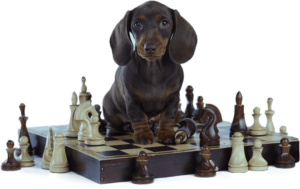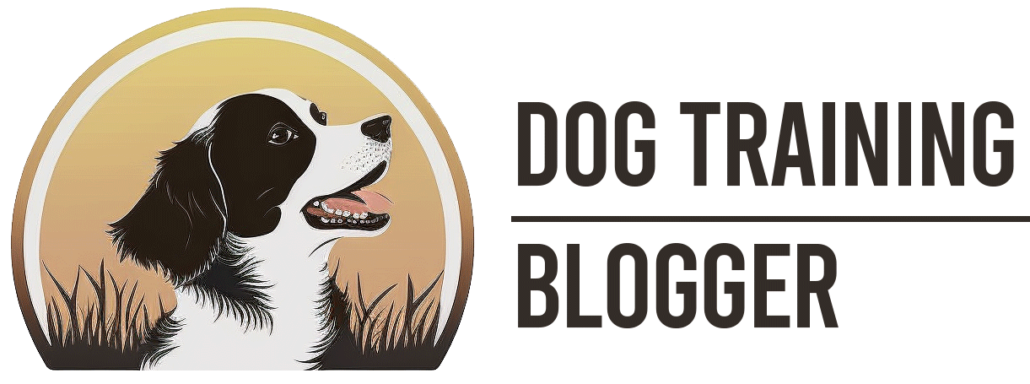Safe Toys for Small Dogs
A new client of mine named Charlie has a small Yorkie dog and they’re best friends. He takes the dog to the park to play and often finds a stick for his pup to play with. Charlie tries to make sure the stick is small enough that the Yorkie can catch it. He asked me if this is OK to do?
If you own a small dog you might have questions just like this swirling around in your head!
Having a small dog has its perks. They are often cute, cuddly, and full of affection. Due to their physical size there are some things you should be extra careful about. One of them is finding safe toys for small dogs. Just like Charlie is starting to wonder about the sticks he throws his Yorkie, you should consider if you know enough about small dog safety.
The first thing to realize is that dogs need toys and need to play. When they are out in the wild they are often playful and even make a game of finding their prey. While you take care of your dog’s food needs, that instinct to play doesn’t go away.
The trouble is that there are so many choices. Go to any pet supply store and you’re likely to find several walls full of dog toys. These include rope toys, balls, rawhide chews, squeak toys, treat puzzles, and the list goes on. Since you’re an educated consumer it’s time to learn about the best toys for small dogs so you can make sure your little one will stay safe for a long time to come.
General Safety Guidelines
There are some general dog toy rules to consider first. For example, no matter what the size of your dog you should never give him toys with missing parts. The stuffing or other pieces could come out and choke your dog. Things like small glass eyes are a particularly big problem.
Even squeak toys are often a no-no because they can trigger a dog’s natural sense of “search and destroy.” Use your best judgment and supervision on this one. Remember our friend Charlie the Yorkie owner? The answer to his stick dilemma is that they are potentially dangerous because of the risk of them breaking off and becoming lodged in your dog’s throat. This is an even bigger risk with smaller sticks because they are generally more fragile.
Beyond those guidelines you need to be careful that the toys or objects you give your small dog are not toxic. There are some household items (like socks) that are not safe for your dog no matter how safe they may seem. There are small fibers or other unseen things that can really be harmful.
Temperament Specific Guidelines
As a pet owner you’re probably well aware that different dogs have different temperaments. Small dogs are well known for being quite playful but you’ll want to check with other dog owners or your vet to learn about your specific breed.
Beyond knowing about the breed, it’s important to know all about your dog’s individual personality as well. Just because most of a certain kind of dog are one way doesn’t necessarily mean that they will all be. There are different personality types for dogs and it’s important to figure out which one matches your dog.
You might have a low key dog. These are classified as only wanting to play for a little while, then getting bored or going to sleep. You can give these small dogs things like stuffed toys and squeakers because they aren’t likely to get too worked up over them.
You might have a medium key dog. These dogs might want to play for an hour or so but then take a rest. They are generally more hyper than low-key dogs and play more roughly with their toys. You might want to stick with things like rope toys, balls, and rawhide.
If you have a high-strung dog (as many smaller dogs are) you’ll want to be extra careful with its toys. Nylon bones and treat filled toys (like Kongs) are a good idea.
Toy Suggestions for Small Dogs
Balls (large enough so they can’t get lodged in your dog’s throat)
Kongs or other treat filled toys
Rope Toys
Nyla Bones
Have a Backup!
There are times where your small dog will scoot right by you and find something they’re not supposed to get into. In this case you’ll want to make sure you have a backup plan. If you cannot easily get a toy or object away from your dog you need to get a treat out and entice them away with it.
Then you can grab the object and put it away. Otherwise even the friendliest of dogs could get mad and harm you in some way. The simple reason for this is that their natural instincts of protecting the object might kick in.
If your dog is constantly getting into things and showing true possessiveness over his toys you might want to see a trainer to correct that problem as soon as possible.
Brain Training For Your Dog

